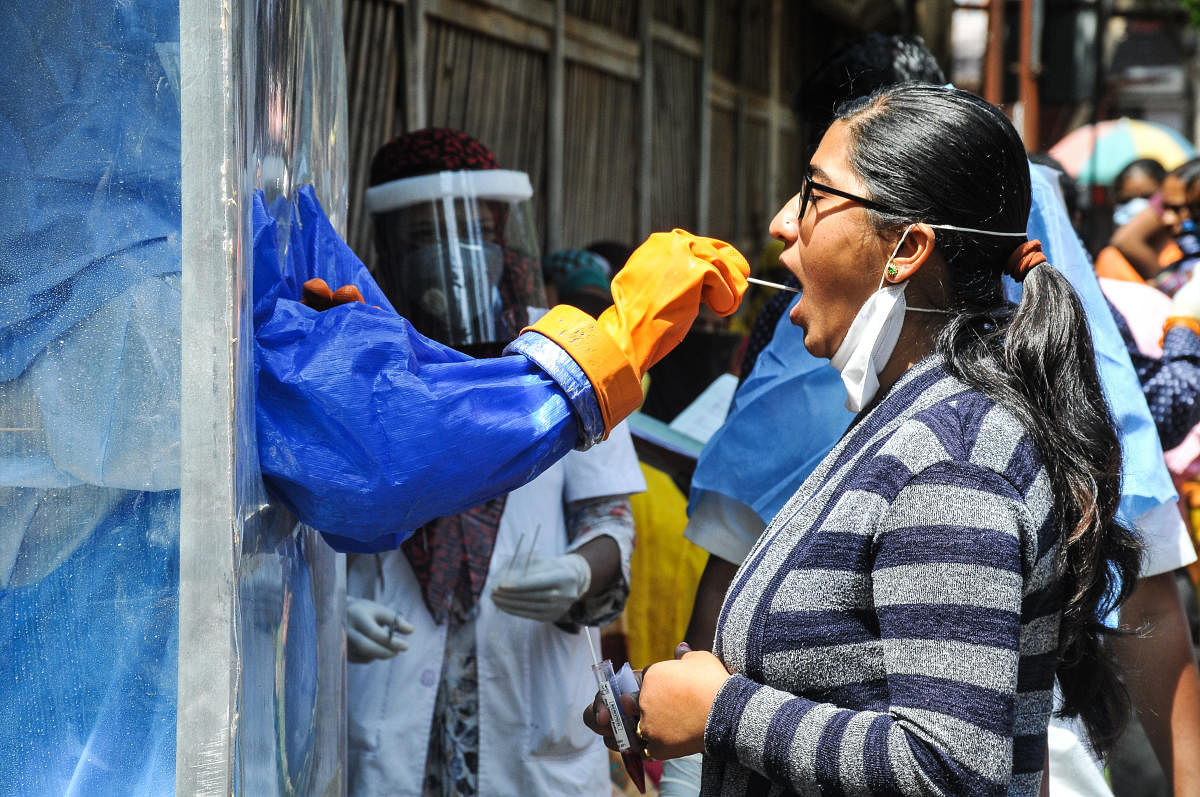
With India getting into the league of top 10 COVID-19 caseload countries clocking nearly 1.6 lakh cases, the Centre on Thursday held deliberations for a focused approach during Lockdown 5.0 to check the spread of the disease in 13 worst-affected cities that constitute 70% of the country’s cases.
The blueprint after May 31 (when Lockdown 4.0 ends after 68 days of restrictions across the country) will also take note of the surge in cases due to easing of travel restrictions announced during Lockdown 4.0.
This was discussed at the meeting Cabinet Secretary Rajiv Gauba held on Thursday with the states. The agenda of this video conference was ‘Public Health Response to Covid-19’.
The highlight of the meeting was Centre’s direct deliberations with municipal commissioners and district magistrates of 13 worst-hit cities of Mumbai, Chennai, Delhi, Ahmedabad, Thane, Pune, Hyderabad, Kolkata, Indore, Jaipur, Jodhpur, Chengalpattu and Thiruvallur.
Chief secretaries of all states and Union Territories concerned attended the meeting on Thursday.
The Centre has stressed that containment zones are to be geographically defined based on factors like mapping of cases and contacts and their geographical dispersion. This would enable demarcation of a well-defined perimeter and enforcing strict lockdown.
While Lockdown 4.0 saw substantial powers in containment with states, Lockdown 5.0 could see a massive push at the micro-level.
Indicating a shift in strategy, the Cabinet Secretary, in the meeting said corporations can decide if residential colonies, mohallas, municipal wards or police-station areas, municipal zones, towns can be designated as containment zones. The cities were advised to appropriately define areas with technical inputs from the local level.
It also discussed the factors to be considered while mapping the containment and buffer zones and activities mandated in containment zones like perimeter control, active search for cases through house-to-house surveillance, contact tracing, testing protocol, clinical management of the active cases and monitoring of factors like severe acute respiratory illness (SARI) or influenza-like illness (ILI) cases, ensuring social distancing and promoting hand hygiene.
Readying a revised roadmap to fight the pandemic, the Centre is veering to the concept of a Limited Lockdown as the view is growing that the entire country cannot be locked out for a long time.
The regions with the highest number of cases have been asked to bring down the load of positive cases. The discussions held on Thursday will provide inputs for consultations with the Health Secretary and PMO.
Fresh guidelines for Lockdown 5.0 could be released in a couple of days while Prime Minister Narendra Modi will speak on Lockdown 5.0 in his Mann Ki Baat address on Sunday.
The Centre has emphasised that buffer zones around containment zones also must be demarcated to break the chain of transmission.
In the meeting, the Maharashtra government mentioned the ‘Chase The Virus’ initiative that has been launched in Mumbai to increase contact-tracing, where, against every Covid positive case, 15 persons in his close contacts would be government quarantined.
Home Minister Amit Shah spoke to all Chief Ministers on the lockdown and elicited their views on restrictions and the sectors they want to open after May 31 when lockdown 4.0 ends.
